Dyrham Park
I am trying to work through my never ending pics and videos from the summer. I really got around the UK and saw a lot of places, too many to keep up with editing.
Dyrham park was one of my favorite national trust properties and that might have been in part down to the absolutely gorgeous weather on the day we visited.
Dyrham Park was built in the 17th century by William Blathwayt and serves as an early example of how a fortune made from empire was invested in a landed estate which, transformed Dyrham into one of the most notable stately homes of its age. Dyrham Park has a long history and its connections to the British Empire and colonialism run deep. The house was an example of how, the British Empire could, for the very few, could boost people up the social ladder and allow them to accumulate great status and wealth. Blathwayt, in particular, managed to move from relative social obscurity to the top of Britain’s landed elite during his lifetime. Today Dyrham contains one of the best surviving Baroque interiors in the country.
The site has a long history having been occupied since at least the Bronze Age with worked flints and the remains of barrows found during excavations on the site. In 577 a significant battle took place at Dyrham where Saxon leaders defeated Britons, before then going on to capture Gloucester, Cirencester and Bath. The battle was a decisive victory for the West Saxons forcing Britons to retreat into Wales and Cornwall.
The first documented evidence for a manor house on the Dyrham estate was found in a survey from 1311 on the death of Sir William Russel, who after fighting in France and becoming a county sheriff and JP, left the property to his two daughters upon his death. The estate changed hands multiple times throughout its lifetime before ending up in the hands of William Blathwayt through his advantageous marriage to Mary Wynter, during marriage negotiations he remarked on the ‘necessity of building a new house’ on the estate and Dyrham today is very much his creation. Over his lifetime he funneled his huge earnings into Dyrham, transforming the outdated Tudor property into a lavish baroque country house. He employed the skills of leading architect, William Talman, and gardeners George London and Henry Wise.
Blathwayt was born to a modest London lawyer in 1649, his father died before his first birthday and he was bought up like a son by his uncle Thomas Povey who also cleared the family debts. William later bought large amounts of his uncles art and book collections, somewhat basing the design of the house around his uncle's collections.
His uncle Thomas Povey was the son of a Commissioner for the Caribbean Islands, he studied to become a lawyer and during the English Civil War, Povey along with his associate Noell made ‘overtures’ for Oliver Cromwell, defining how the new government should run colonial management. Povey proposed a Council of Trade and he went on to become the most active member of a council for America.
Povey secured William's first official position as clerk at the English embassy in The Hague in 1668. William Blathwayt was very intelligent and soon advanced through the ranks of government administration, ending up in the Plantations office and eventually landing his most significant colonial role as Auditor-General of Plantations Revenues in 1680 – a role he held until his death in 1717.
Under this role, Blathwayt was responsible for accounting for all the income owed to the crown from royal colonies, such as Virginia, Jamaica and Barbados. While he never crossed the Atlantic, he gained great influence with those involved in global trade routes as well as distant European settlements. It’s unknown to what extent Blathwayt personally participated in colonial industries. He didn't just work with colonial matters and also held the role of Privy Council and Secretary of State to King William III in the 1690s, as well as being MP twice, once for Newton on the Isle of Wight and once for Bath.
His ambitions did not end there and he became Secretary at War in 1683, marching with James II at the Glorious Revolution and going on to manage an army that spent nearly a decade on campaign in Flanders.
William Blathwayt became one of the wealthiest government administrators of the day and, along with his other roles, he enjoyed a substantial income of about about £4,000 a year by 1960 (this would be the equivalent of millions of pounds per year in today's money). A lot of his earnings were funneled into the Durham estate and creating the property that stands today.
Due to Blathwayt’s high-status jobs and overseas connections, he had access to luxurious materials, objects and plants from around the world, you can see these influences in the interiors of Durham Park which, include a tea-table from Java, gilt leather wall panels from Amsterdam, collection of Delftware showing scenes of China, Carrara marble tiles and luxurious silk fabrics, some of which were Indian textiles imported through the Dutch East India Company.
William had two sons, the youngest of which, John was a musical prodigy, notably playing with celebrated composers in Rome. In later life he served in the army and founded an opera company with George Frederic Handel. Dyrham's next owner was William III Blathwayt who, ran into financial problems and by 1765 had to auction of multiple paintings to raise funds for the estate. Many were purchased by his younger brother and later returned to the house. The gardens also suffered during this time and were recorded by writer Samuel Rudder in 1779 as the gardens ‘which were made at great expense, are much neglected and going to decay’.
However the fourth William Blathwayt started repairing the house with the help of designer Charles Harcourt-Masters, the estate then passed down to his nephew William Crane, eventually ending up with his widow Frances, who had remarried Admiral James Douglas, the pair built considerable debts which, again left the house in a poor state of repair. But yet again the house would be restored this time through Lieutenant Colonel George Blathwayt, who was the son of William IV. Despite having only visited the house to dine on two occasions, prior to inserting the property he was determined to reverse its decline. Having not been left the contents of the house he took out a £50,000 loan to buy back the furniture and pictures and to repair and modernise the house. Extensive works included new roofs, central heating and kitchens, remodelled servants’ quarters, and glazing the Greenhouse roof.
The house passed down a few more generations before being left to Robert Wynter who despite having no direct heirs, had relatives living locally, including Lieutenant Colonel Linley Wynter Blathwayt who's daughter Mary used the house to create a refugee for suffragettes.
In 1938 the Blathwayts leased Dyrham to Lady Anne Islington who In 1939 invited the Pro Patria Day Nursery to evacuate to the house, and from 1941 the Anglo-American Nursery. She was a member of a group of amateur ‘lady decorators’, and along with her group she made substantial changes to the house, including painting panelling in off-white colours and installing pale wallpapers alongside introducing new bathrooms. At this point the house was nearing the end of its time as a private residence, with its last owner being Justin Blathwayt who moved in with his family. By 1956 the Ministry of Works purchased the house through the National Land Fund. This was an endowment for the purchase of culturally significant property to be used as a memorial to those who died during the Second World War.
Dyrham was transferred to the National Trust and, after extensive repairs the house, opened to visitors in 1961 with the park being purchased in 1976.
The property contains the famous painting by Samuel Van Hoogstraten painting 'A View through a House'. This perspective view through a succession of rooms is a striking example of the work of this Dutch artist, known for his trompe-l’oeil paintings which translated means 'deceive the eye'.

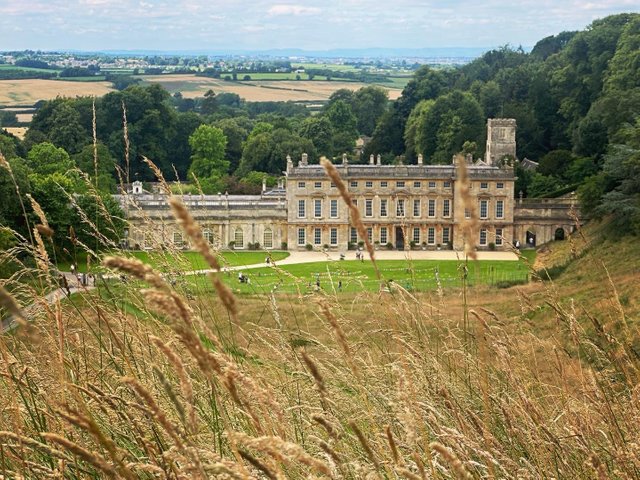
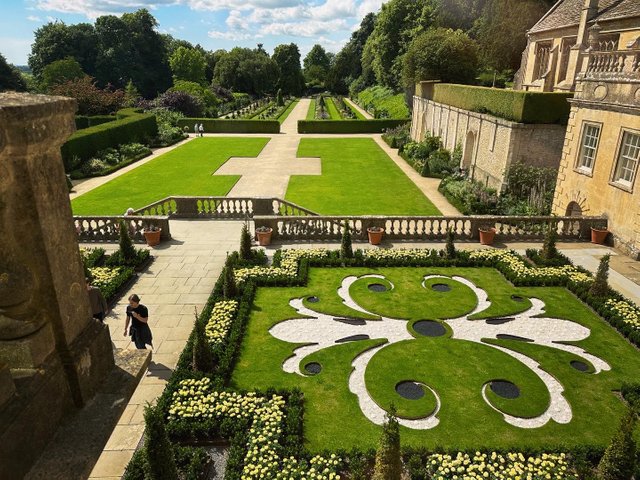
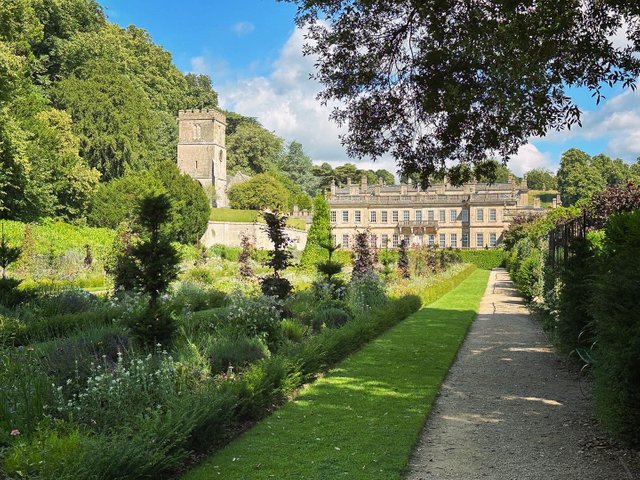
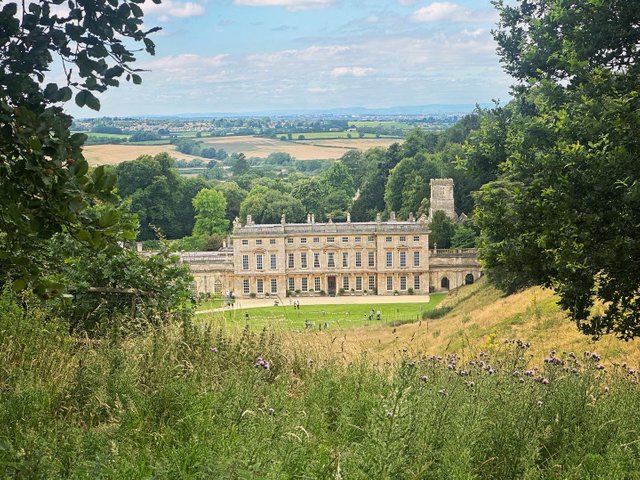
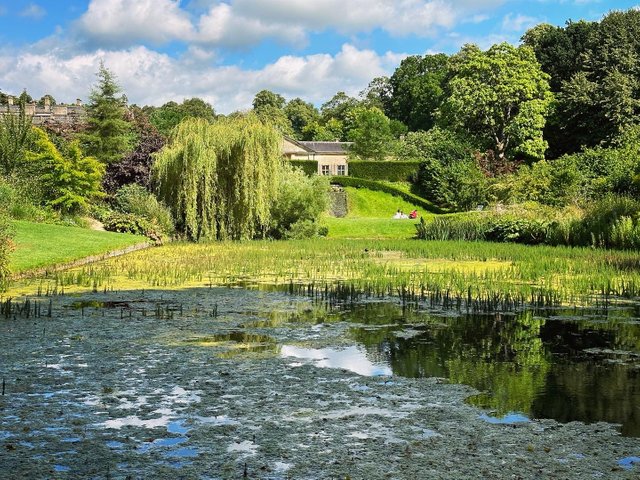
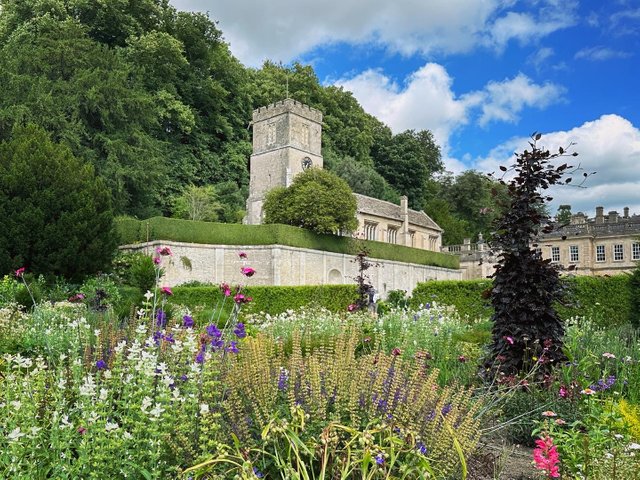
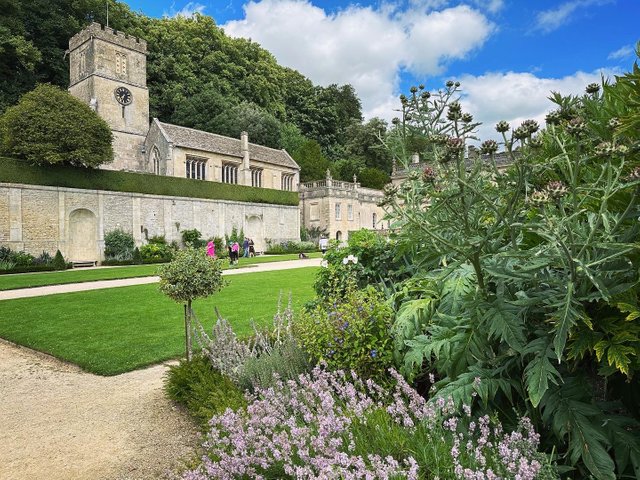
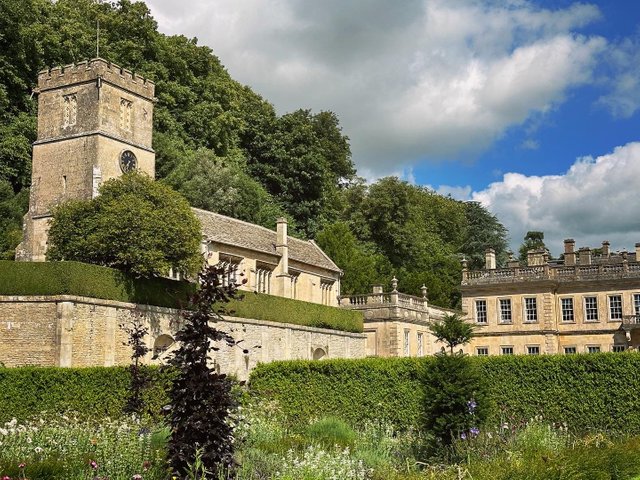
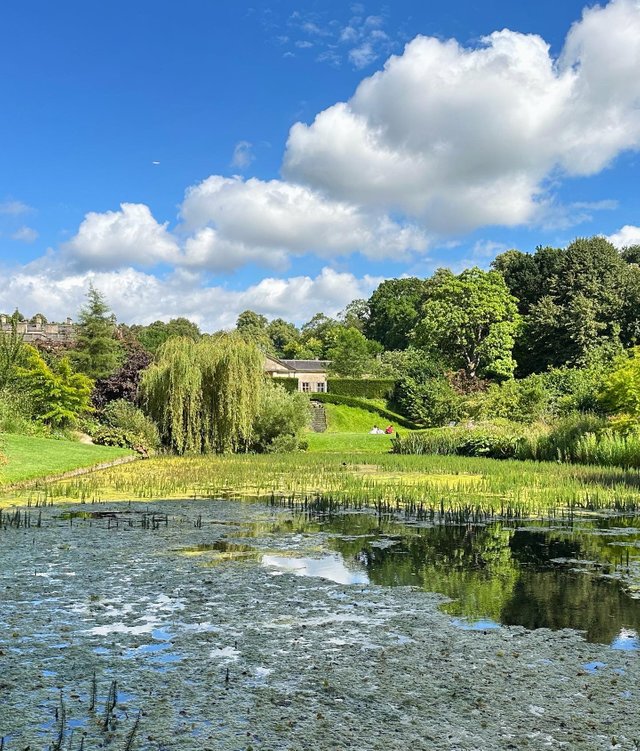
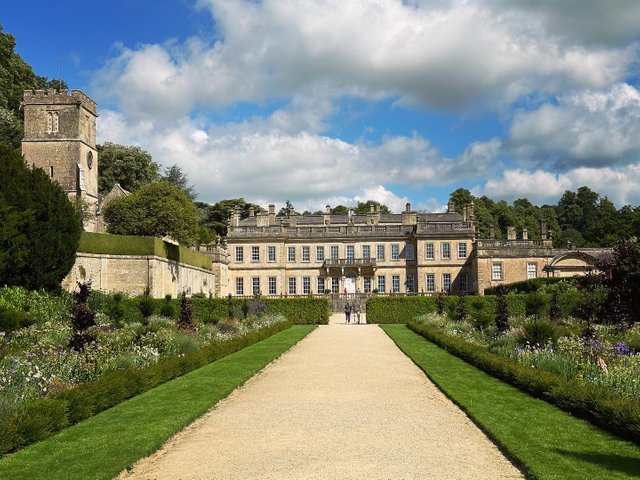
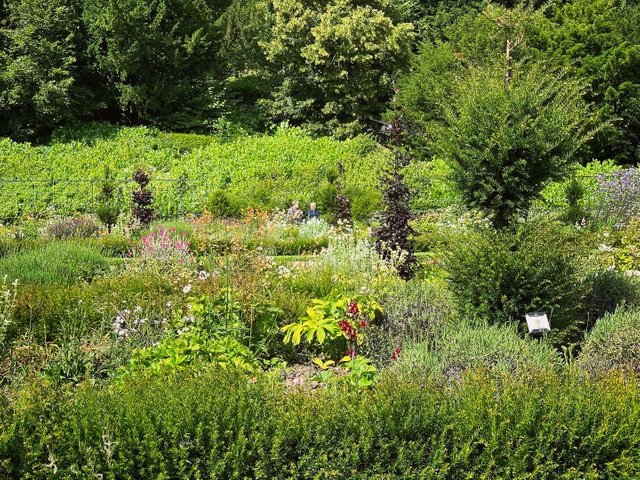
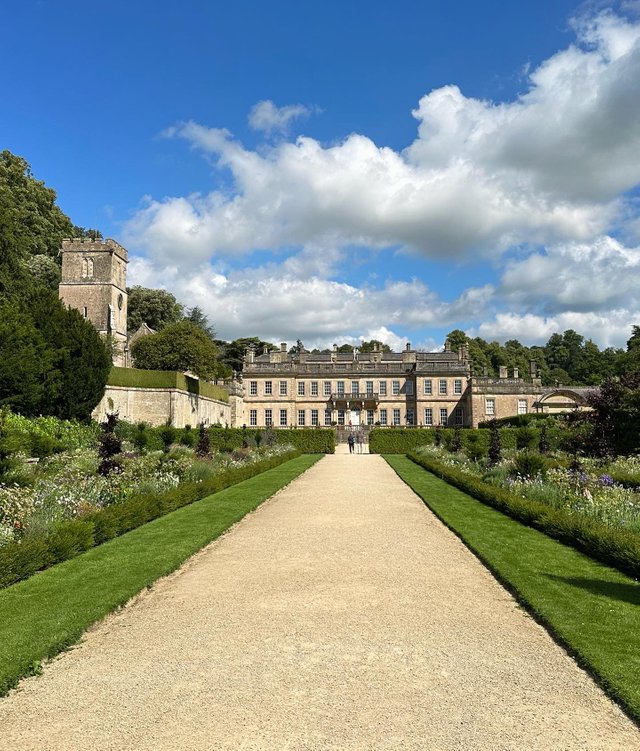
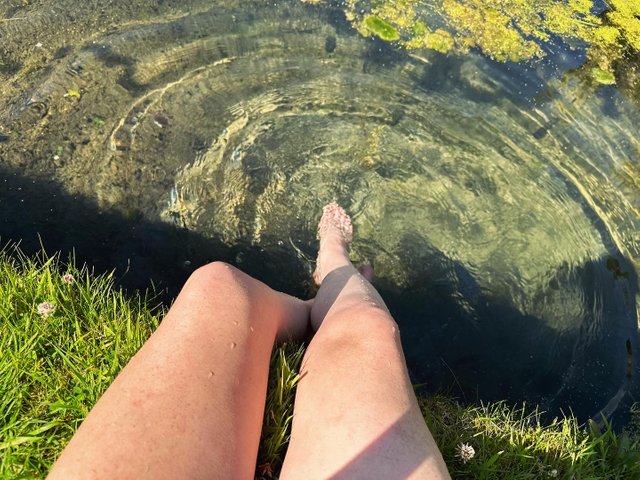
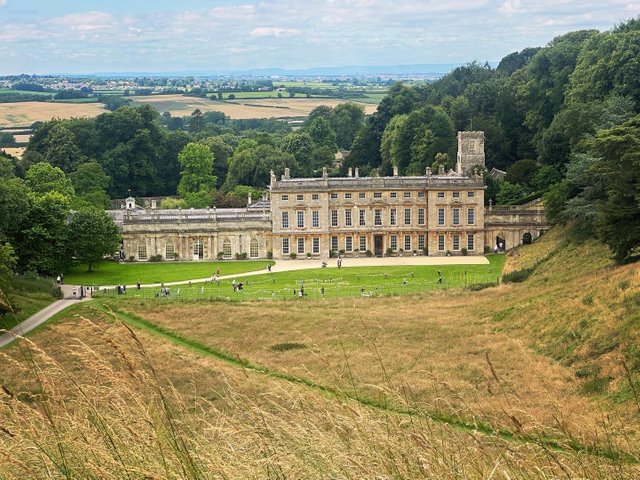
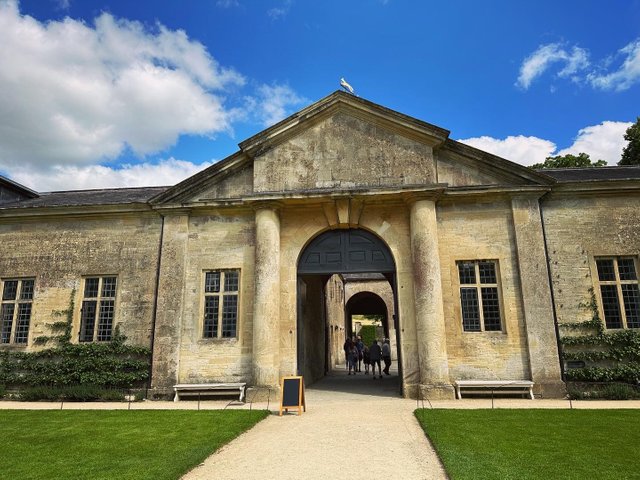
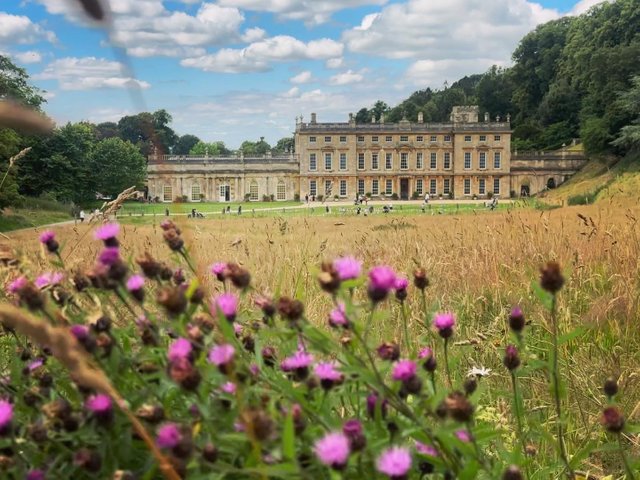
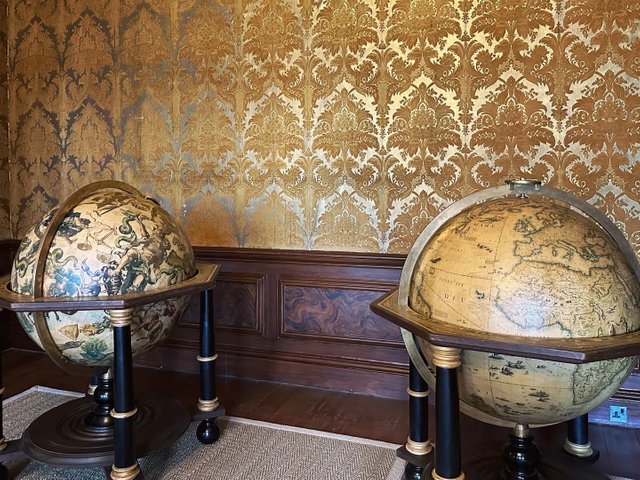
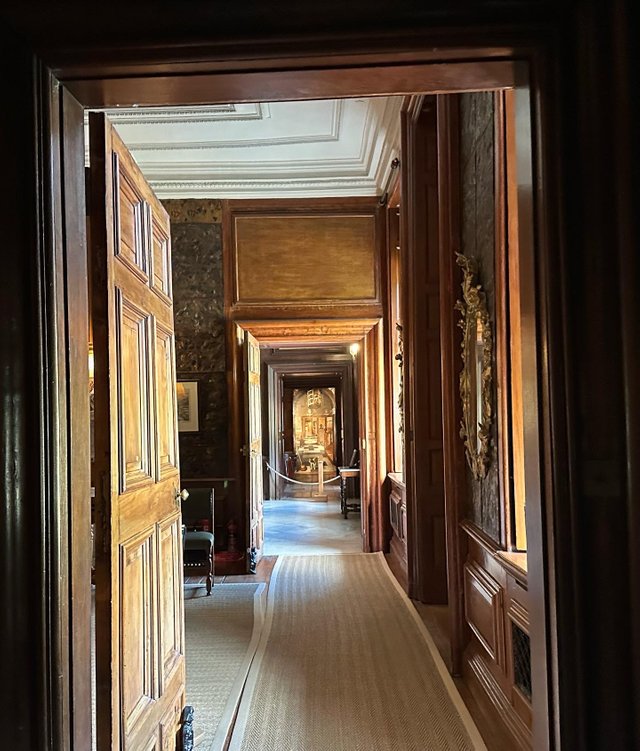
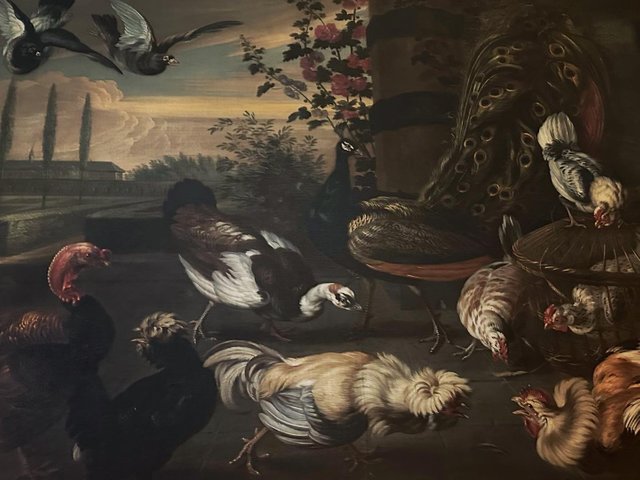
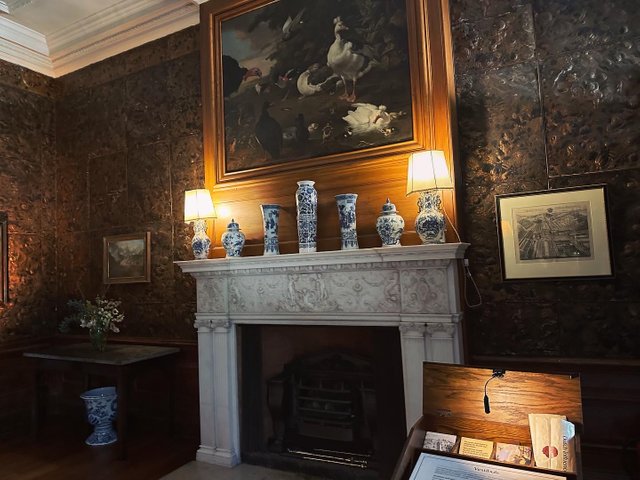
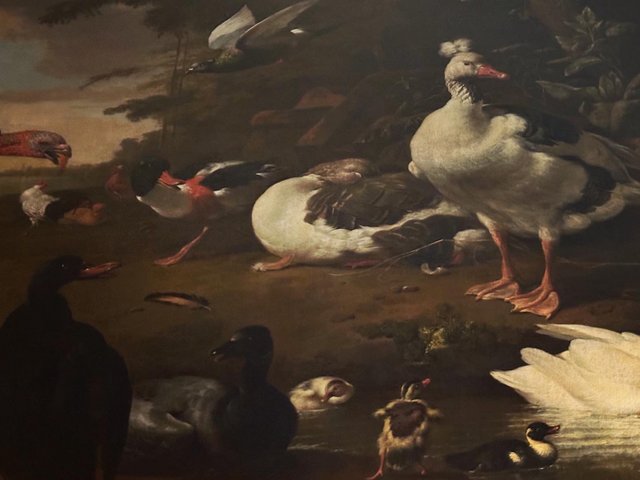
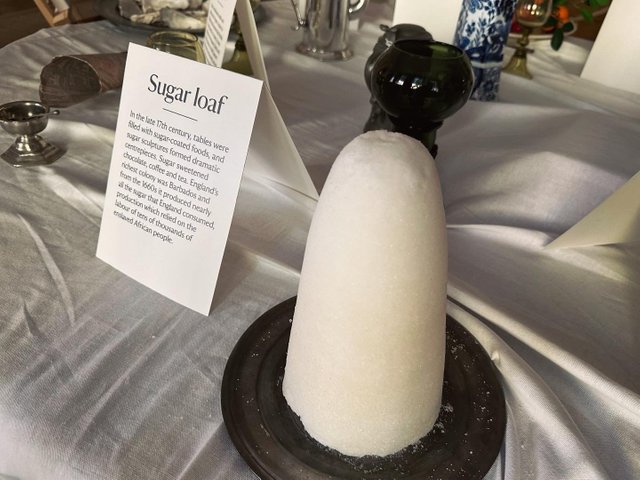
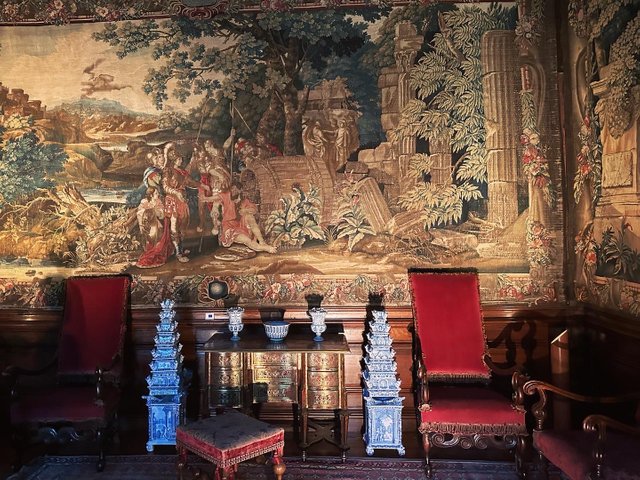
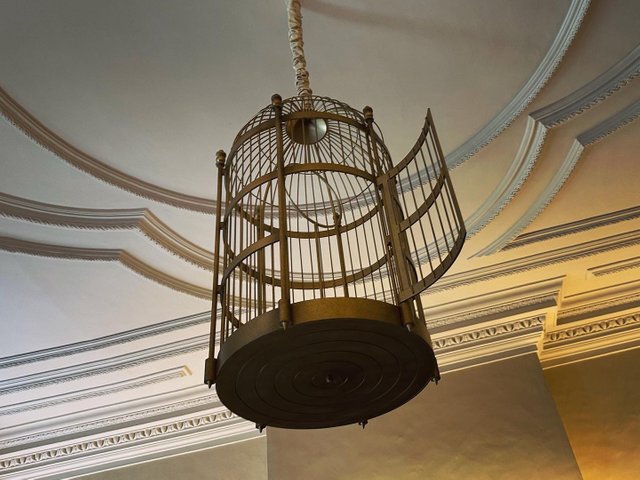
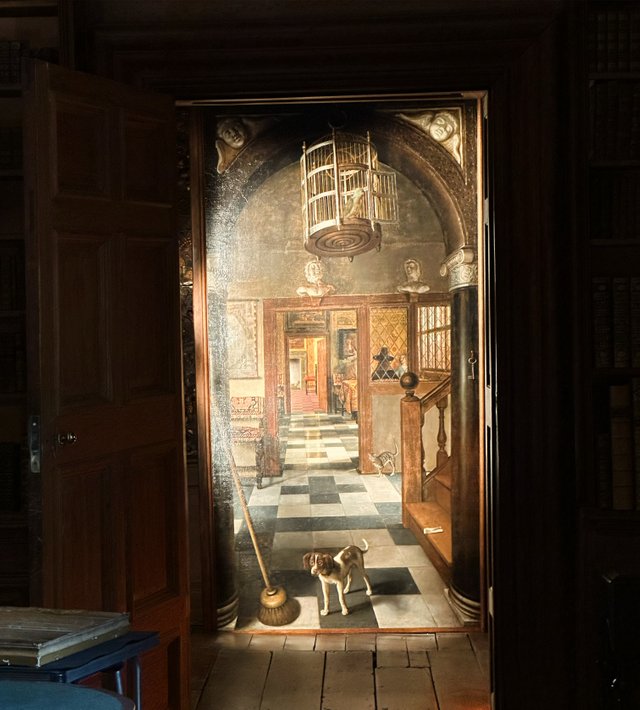
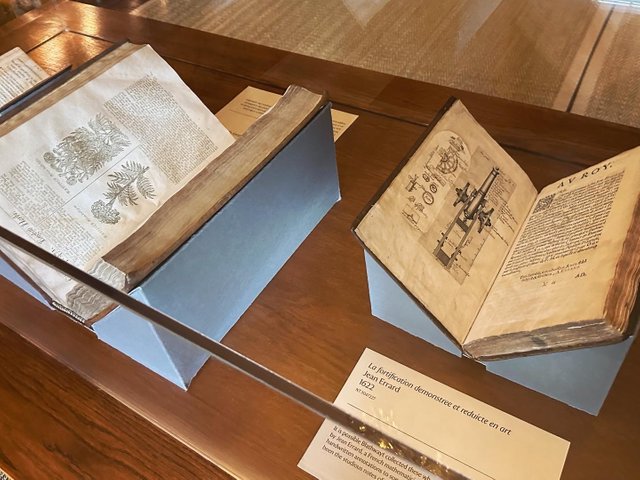
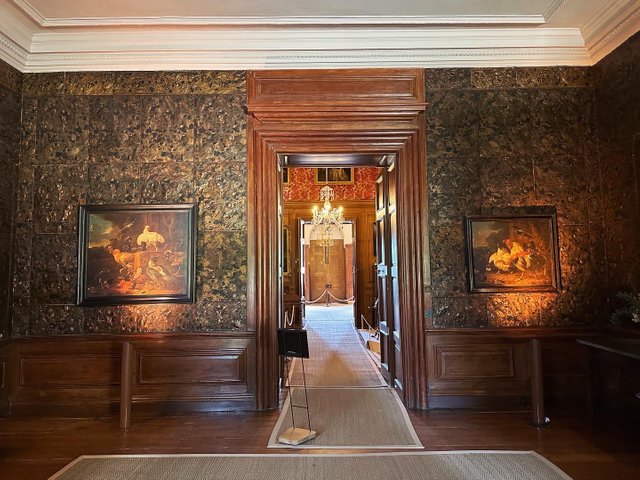
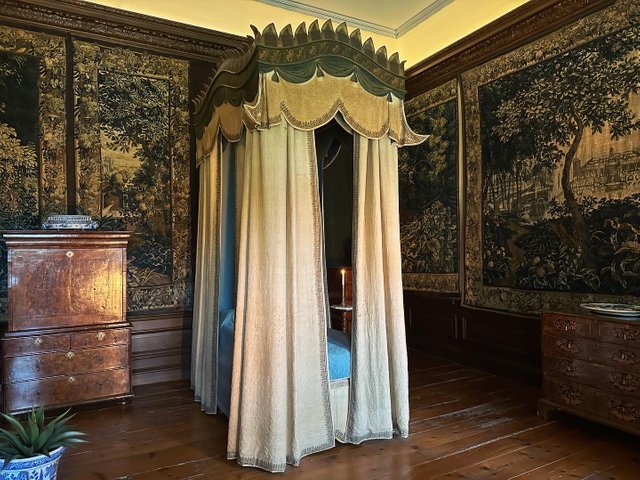
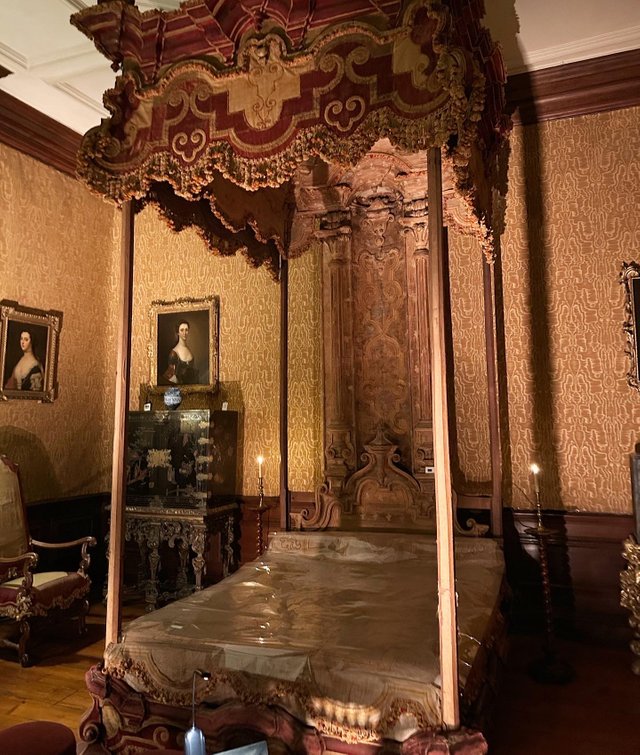
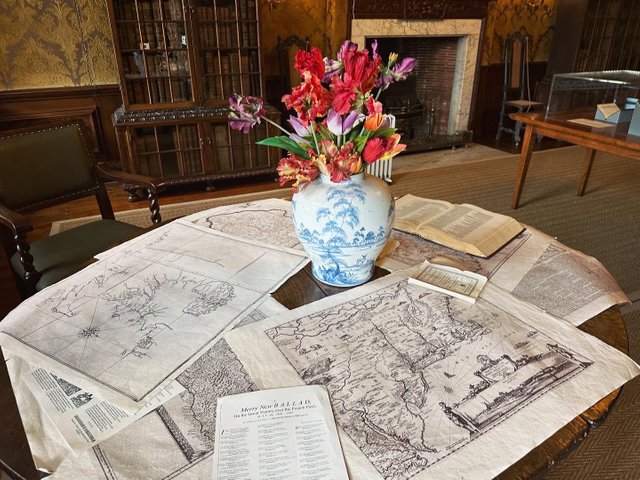
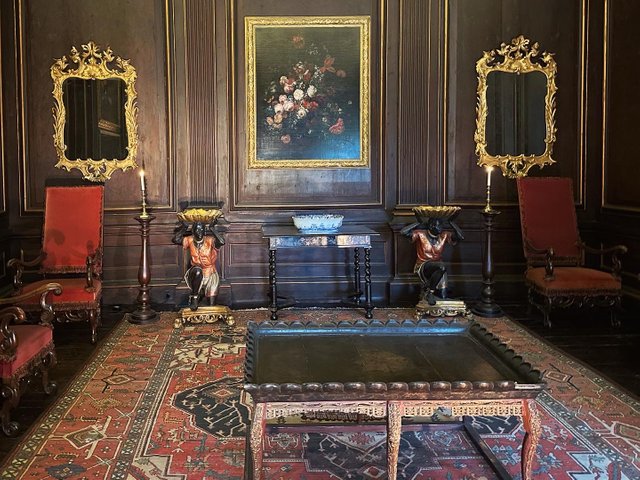
Thank you for sharing on steem! I'm witness fuli, and I've given you a free upvote. If you'd like to support me, please consider voting at https://steemitwallet.com/~witnesses 🌟
Congratulations, your post is upvoted by CCS curation trail from CCS - A community by witness @visionaer3003.
Vote for @visionaer3003 as witness.